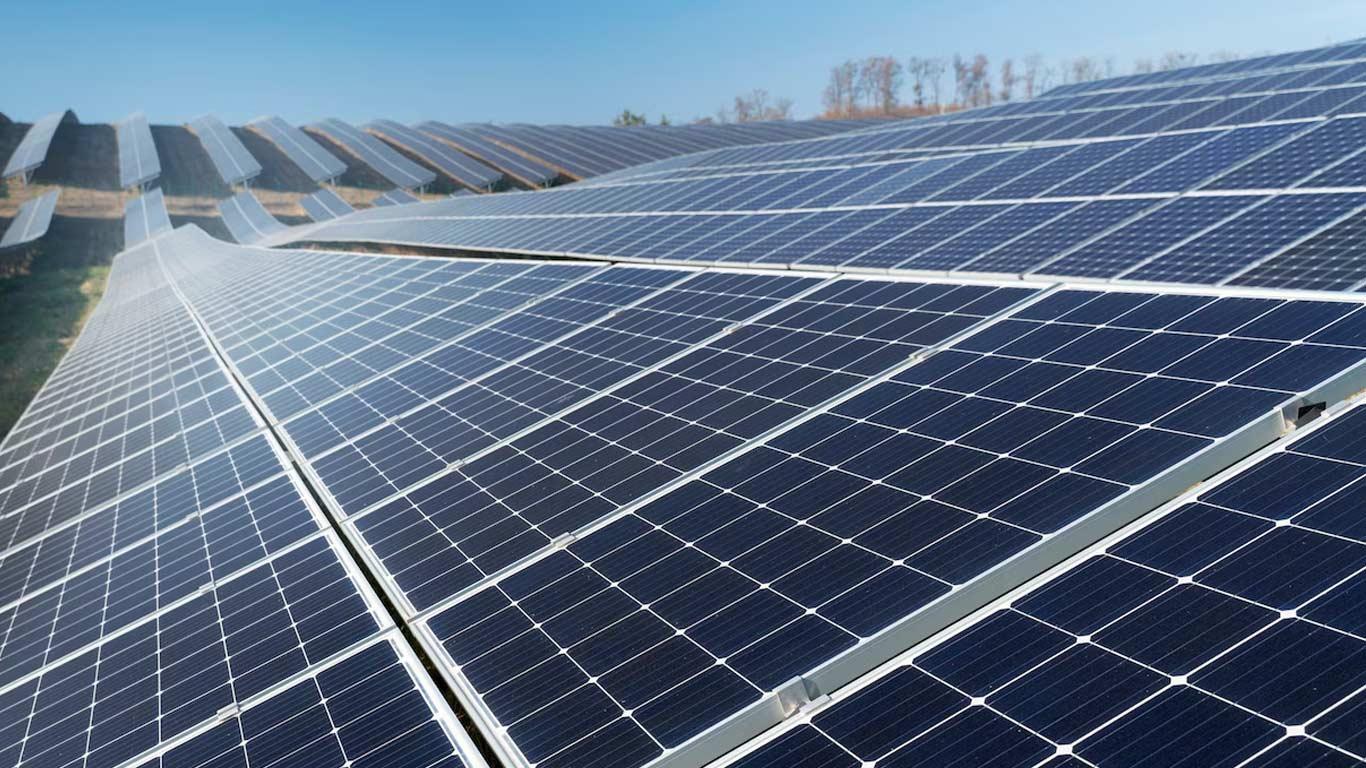
Higher Tariffs, Project Delays Warned With New ALMM Mandate For Solar Cells
India's Ministry of New and Renewable Energy (MNRE) recently proposed the inclusion of solar photovoltaic (PV) cells under its Approved List of Models and Manufacturers (ALMM), set for April 2026.
This expansion, termed“ALMM List-II,” mandates that all solar projects under the ALMM framework source cells from certified manufacturers.
Industry experts predict this move could raise electricity tariffs by 40-50 paise per unit, intensifying project costs and timelines, with broader implications for India's renewable energy growth trajectory.
Pinaki Bhattacharyya, CEO of AMPIN Energy Transition, voiced concerns over the potential impacts on India's solar sector, noting that non-tariff barriers could hinder innovation and affordability, potentially triggering retaliatory trade responses from other countries.
“India needs to attain self-sufficiency in cells before imposing such barriers, which could make us economically inefficient,” Bhattacharyya told ETEnergyWorld.
The timing of this move, experts warn, could affect India's goal to meet its 2030 renewable energy targets. Vineet Bhatia, Executive Director at Grant Thornton Bharat, highlighted that the added costs of domestic cell sourcing may lead to supply shortages, slowing down solar capacity additions and raising tariffs.
Bhattacharyya further explained that even a modest increase of 1 cent per watt in module costs could raise tariffs by 7 paise per unit, escalating overall costs.
The proposal has ignited debate within the industry. Ashish Agarwal, head of solar at BluPine Energy, stated that though the change grants the industry time to adjust, implementation must be carefully managed to prevent supply disruptions.
“When modules were previously included in ALMM, project costs rose by around 20% due to shifts in manufacturing, and similar effects are expected with cell inclusion,” Agarwal noted.
While initial costs may rise, he emphasised that expanded domestic production could stabilize pricing long-term, enhancing India's energy security.
India's domestic solar manufacturing capacity has seen substantial growth, with module capacity reaching 65 GW, ranking it third globally. However, its cell manufacturing remains below 10 GW.
Vikram V., VP of ICRA, underscored that aligning India's cell production with ALMM standards could support local manufacturers but warned of near-term capital cost increases for developers.
Despite a temporary rise in domestic solar prices - fueled by India's import duties on solar cells, which keep local module prices higher than Chinese counterparts - experts like Naveen Khandelwal, CEO of BrightNight India, anticipate long-term resilience for the sector.
However, Bhatia warned that the price disparity could push tariffs to around Rs 3 per unit, potentially delaying power purchase agreements and capacity expansions.
The MNRE has invited feedback from industry stakeholders, with the final decision anticipated after the review period concludes.
(KNN Bureau)
Legal Disclaimer:
MENAFN provides the
information “as is” without warranty of any kind. We do not accept
any responsibility or liability for the accuracy, content, images,
videos, licenses, completeness, legality, or reliability of the information
contained in this article. If you have any complaints or copyright
issues related to this article, kindly contact the provider above.


















Comments
No comment